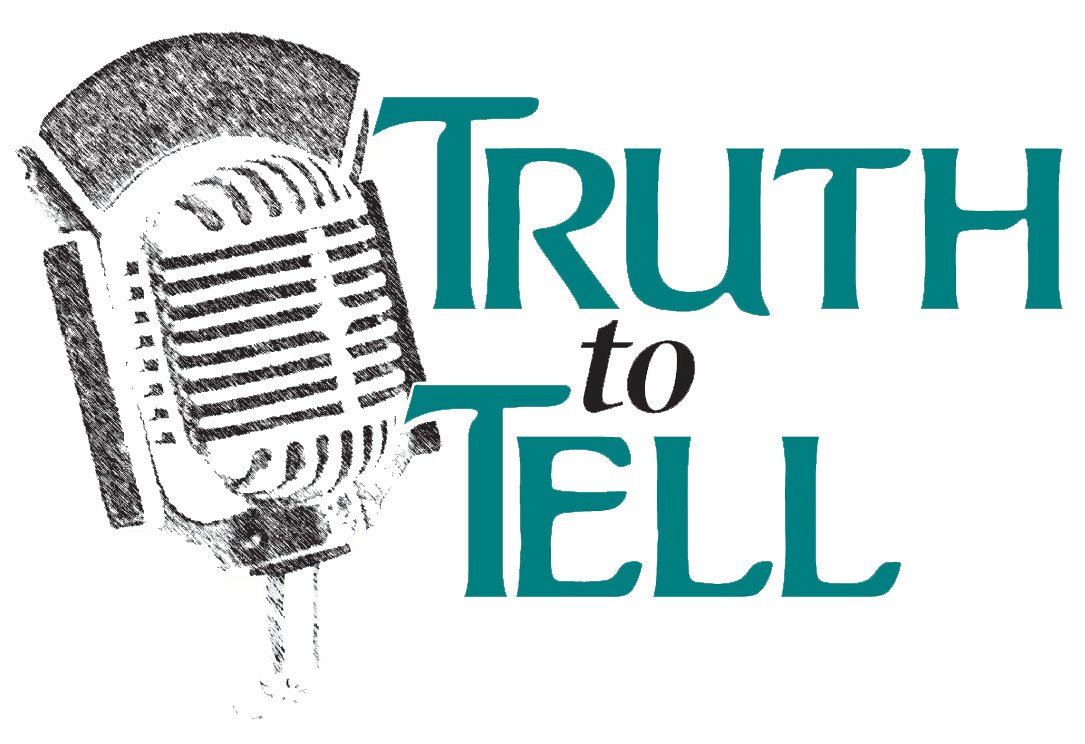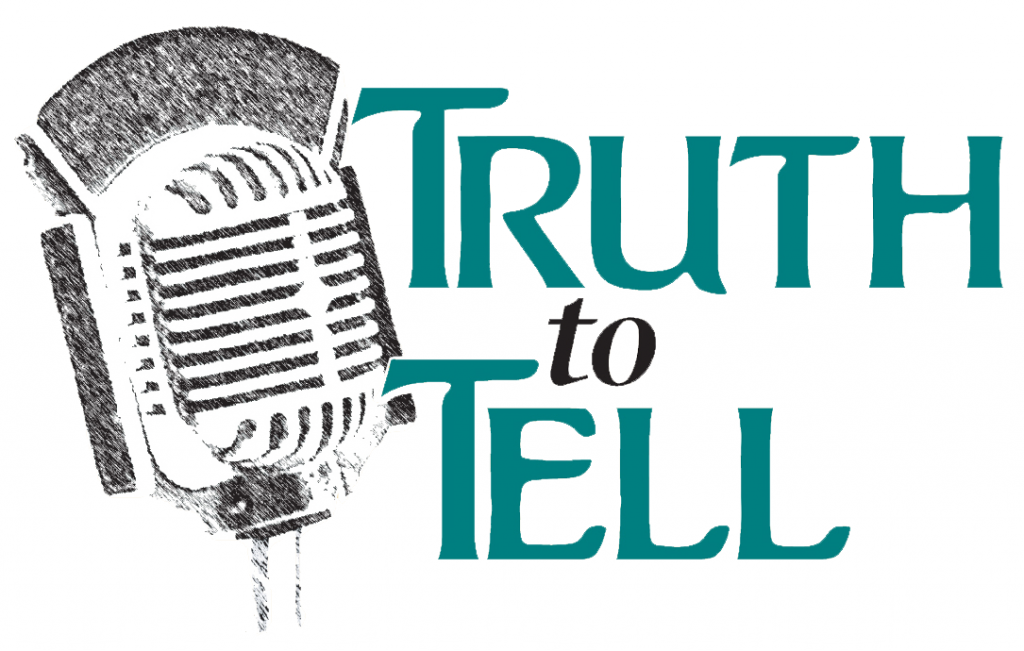ttt1316-april_22-earthday13
Ed. NOTE: This week, TruthToTell looks at Earth Day as an entrepreneurial and responsible opportunity. Our colleague and engineer, Kel Heyl, himself a green contractor, offered to help assemble this program and offers, too, this reflection on the Day’s creation and this year’s TTT approach to celebrating this now iconic annual reminder of our human responsibility to protect the planet in all ways possible – and, ironically, as businesses new and adapted:
Making Cents of Earth Day
It’s the summer of 1969. Senator Gaylord Nelson of Wisconsin, already considered a champion of the protecting the natural world, had visited an oil spill site in Santa Barbara, California. On his return flight he was reading an article about various “teach-ins” on college campuses dealing with Vietnam, when…“It popped into my head. That’s it! Why not have an environmental teach-in and get everyone involved?”
Senator Nelson returned to Washington and quickly formed a non-profit – Environmental Teach-In, Inc. – recruiting a few Republicans and conservationists to help with the project. On September 20, 1969 he went public with his mission from Seattle:
“I am convinced that the same concern the youth of this nation took in changing this nation’s priorities on the war in Vietnam and on civil rights can be shown for the problems of the environment. Young people can take the leadership away from the indifferent, venal men who are concerned with progress and profit for the sake of progress and profit alone…”
After considering a number of names like Environment Day and Ecology Day, they settled on the appellation, “Earth Day.” Nelson chose the date to maximize participation on college campuses. The week of April 19–25 did not fall during exams or spring break and did not conflict with Easter or Passover. It was late enough to ensure good weather. During the middle of the week there would be more students in class and no competition from other events – so Wednesday, April 22, 1970 was anointed as the target day. When critics later pointed out it was Lenin’s birthday, Nelson replied that it was also the birthday of both St. Francis of Assisi, the nature saint, and his own Aunt Tillie.
The above was excerpted from this article. In September,1995, Sen. Nelson was awarded the Presidential Medal of Freedom.
In keeping with the spirit of the times, much of the work flowing from those first Earth Days were seeking top-down large-scale Federal legislation and regulation.
What makes progressive change so difficult now is that a sizeable percentage of the American people are inserting their heads into deep holes they purchase from entities whose short-term bottom lines are enhanced by maintaining unsustainable patterns of consumption. Just regulating industry will not yield a viable future. Today, we look at small-scale day-to-day successes with special attention directed to increasingly sophisticated tools that allow us to make sustainable decisions and how an NGO is becoming a de facto global standard.
TTT’s ANDY DRISCOLL and MICHELLE ALIMORADI lead our guests through their work on three different points along the sustainability continuum. Each runs a businesses which helps clients make better informed decisions – decisions which make their futures more sustainable without further disrupting the present.
CINDY OJCZYK – Principal of Simply Green Design and A More Beautiful Home.
RAMY SALIM – Owner, Sunny Day Earth Solutions; Completed the first City issued permitted straw bale building in over a decade
DALE FORSBERG – President of Watson-Forsberg Contracting; specialist in LEED*
*Leadership in Energy and Environmental Design – a point based rating system used to answer the questions: How green is this design or building. It was created by the United States Green Building Council.



